Norway's northern geographical position presents unique public health challenges regarding vitamin D synthesis. With prolonged winter darkness and limited sunlight exposure, the Norwegian population faces increased risks of vitamin D deficiency. The country has developed comprehensive strategies to mitigate these health concerns through a combination of dietary interventions, supplementation policies, and public awareness campaigns.
Environmental Challenges
The Arctic Circle's extreme seasonal light variations significantly reduce cutaneous vitamin D production for much of the year. Northern regions experience months without sufficient UVB radiation for natural synthesis. Climate conditions further limit outdoor exposure during critical daylight periods, exacerbating deficiency risks.
Population Vulnerability
Studies indicate particular concern for specific demographic groups including indigenous populations, elderly residents, dark-skinned immigrants, and exclusively breastfed infants. Shift workers and individuals with limited outdoor activity face additional risk factors that compound the geographical disadvantages.
National Dietary Strategies
Norway has implemented mandatory vitamin D fortification of several staple foods, including margarine and milk products. The government collaborates with food producers to maintain optimal fortification levels while monitoring consumption patterns. Traditional diets rich in fatty fish provide natural vitamin D sources that are actively promoted through nutritional guidelines.
Supplementation Programs
Targeted supplementation initiatives focus on high-risk groups through healthcare providers. Child wellness clinics distribute free vitamin D supplements to infants and toddlers. Elderly care facilities incorporate routine supplementation into standard care protocols. National guidelines provide clear dosage recommendations for different age groups and risk categories.
Public Health Campaigns
Educational programs emphasize the importance of vitamin D for bone health and immune function. Seasonal supplementation advice is widely disseminated before winter months. Healthcare professionals receive training to identify and address subclinical deficiency cases during routine consultations.
Monitoring and Research
Norway maintains comprehensive population-level vitamin D status monitoring through national health studies. Ongoing research evaluates optimal serum levels for northern populations and investigates potential links between deficiency and chronic diseases. Studies also examine the efficacy of different intervention strategies across demographic groups.
Technological Solutions
Innovative approaches include the development of UVB-emitting lighting for institutions and workplaces. Research continues on biofortified foods and enhanced supplementation formulations. Digital tools help individuals track their vitamin D status and supplementation schedules.
Policy Framework
The Norwegian government has established interagency coordination between health, food safety, and environmental authorities. Regulations balance the benefits of fortification against potential risks of excessive intake. Workplace policies encourage outdoor activity during months with available sunlight.
Future Directions
Emerging strategies include personalized supplementation approaches based on genetic testing and lifestyle factors. Researchers are investigating year-round supplementation protocols rather than seasonal approaches. Public health officials continue refining fortification standards as new evidence emerges.
Norway's multifaceted approach to vitamin D deficiency serves as a model for high-latitude regions worldwide. By combining food fortification, targeted supplementation, and public education, the country addresses this significant health challenge systematically. The ongoing commitment to research and policy adaptation ensures strategies remain evidence-based and responsive to population needs. This comprehensive public health initiative demonstrates how geographical health disadvantages can be effectively mitigated through coordinated intervention.

By Emily Johnson/Mar 29, 2025
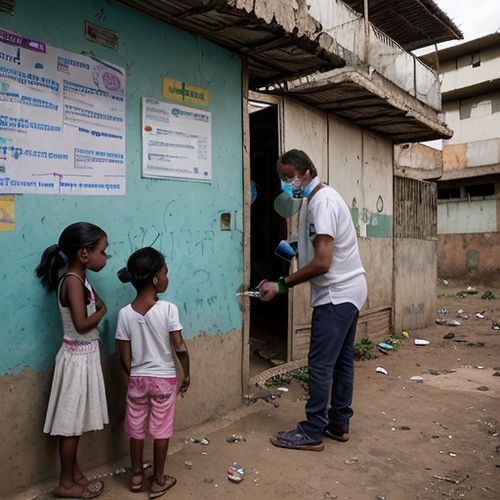
By Olivia Reed/Mar 29, 2025

By Benjamin Evans/Mar 29, 2025

By Jessica Lee/Mar 29, 2025
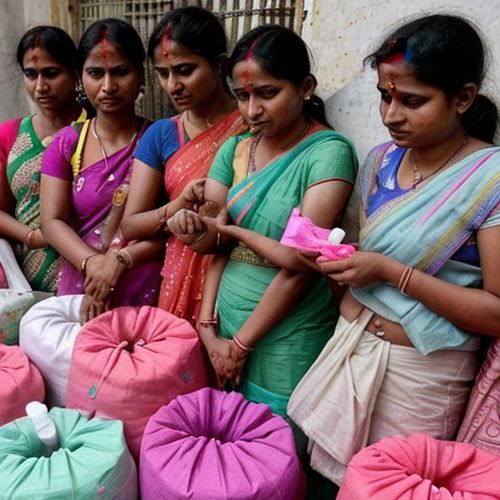
By Benjamin Evans/Mar 29, 2025
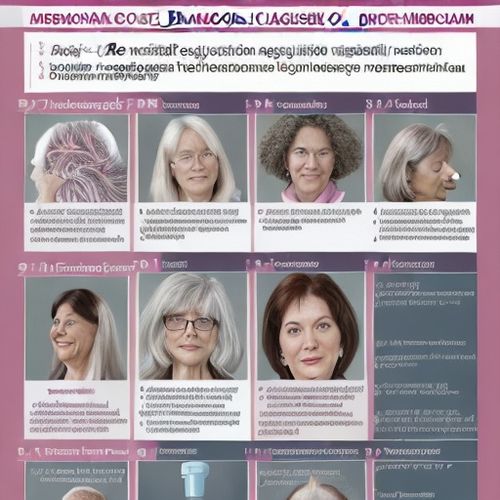
By Noah Bell/Mar 29, 2025
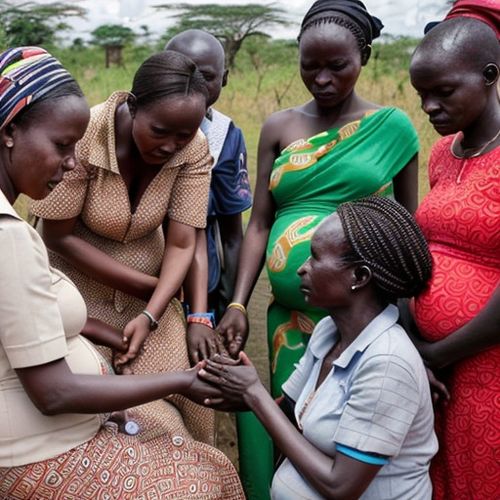
By Emily Johnson/Mar 29, 2025

By Grace Cox/Mar 29, 2025

By Megan Clark/Mar 29, 2025

By Sophia Lewis/Mar 29, 2025

By Joshua Howard/Mar 29, 2025

By Ryan Martin/Mar 29, 2025
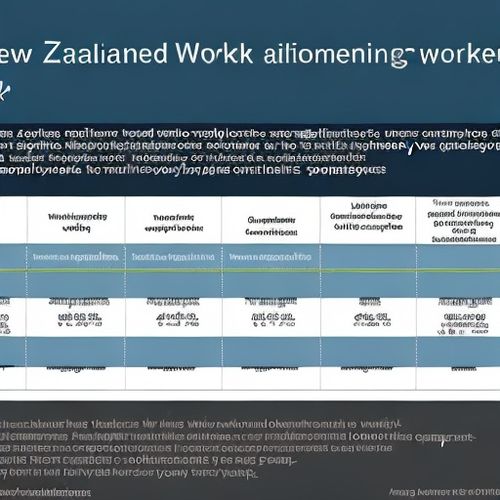
By John Smith/Mar 29, 2025

By Megan Clark/Mar 29, 2025

By George Bailey/Mar 29, 2025

By Ryan Martin/Mar 29, 2025

By Benjamin Evans/Mar 29, 2025
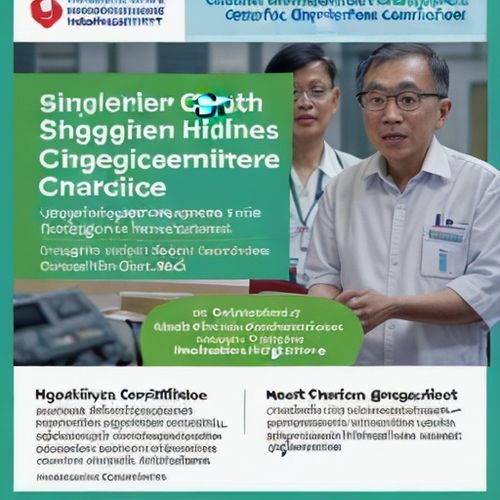
By Emma Thompson/Mar 29, 2025
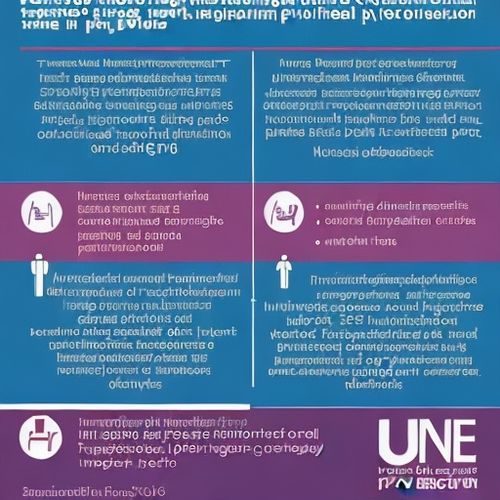
By Lily Simpson/Mar 29, 2025

By Amanda Phillips/Mar 29, 2025